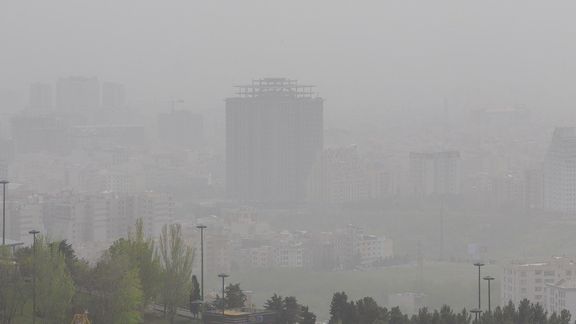Iran's Use Of Dirty Fuels Continues Despite End Of Cold Season

Some power plants in Iran are still using dirty fuel Mazut, even though the colder months associated with gas shortage are over, an Iranian lawmaker has said.
Iran grapples with a serious shortage of natural gas every winter and summer. Many industrial units, including gas power plants, are forced to switch to Mazut for fuel –a low quality, heavy oil that produces considerably higher amounts of pollutants.
This year, the shortage seems to have been prolonged, according to Hossein Ali Heji-Deligani, a member of Iran’s parliament (Majles) for the industrial region of Shahin Shahr in central Iran.
Haji-Deligani, a member of the Judicial Committee of Iran’ Majles, warned Monday that about 3 million people living in the vicinity of a power plant in his constituency are exposed to dangerous amounts of pollutants.
According to the US Environmental Protection Agency (EPA), Mazut emits 33% more CO2 than natural gas. Iran’s Mazut contains 3.5% sulfur, almost seven times more than acceptable levels for ship fuel –which makes its use in urban areas highly problematic.
Iranian experts have been warning against using Mazut in place of natural gas for some time. But the shortage of natural gas has been severe enough in colder months to put down all environmental (and health) considerations.
In 2021, gas held about 71% share in Iran’s energy supply, according to the International Energy Agency, a 295% rise since 2000.
If that trend continues, experts have warned, Iran may face chronic shortages in the years to come, potentially making it more reliant on imports despite having the second largest natural gas reserves in the world.